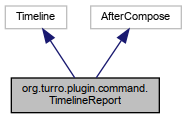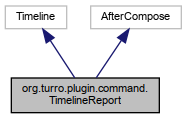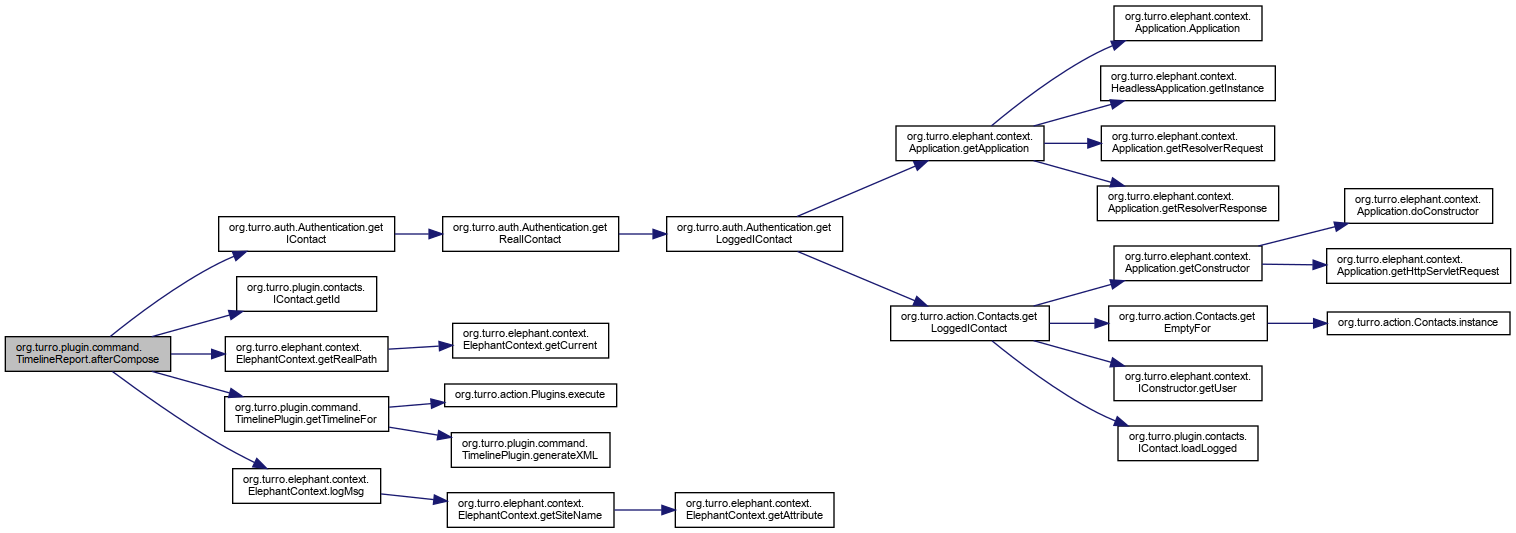◆ afterCompose()
| void org.turro.plugin.command.TimelineReport.afterCompose |
( |
| ) |
|
Definition at line 42 of file TimelineReport.java.
43 IContact contact = Authentication.getIContact();
44 String xml = TimelinePlugin.getTimelineFor(contact),
45 fname =
"/_internal/tmp/tl-" + contact.getId() +
"-" + contact.getId() +
".xml";
46 File fxml =
new File(ElephantContext.getRealPath(fname));
47 FileUtil.checkDirs(fxml);
48 Date now =
new Date();
50 FileUtil.setContent(fxml, xml,
null);
51 Bandinfo bm1 =
new Bandinfo();
52 bm1.setId(IdGenerator.generate());
54 bm1.setIntervalUnit(
"month");
56 bm1.setIntervalPixels(100);
57 bm1.setEventSourceUrl(fname);
59 Bandinfo bm2 =
new Bandinfo();
61 bm2.setIntervalUnit(
"year");
63 bm2.setIntervalPixels(200);
64 bm2.setEventSourceUrl(fname);
65 bm2.setOverview(
true);
67 bm2.setSyncWith(bm1.getId());
68 if(bm1 instanceof AfterCompose) {
69 ((AfterCompose) bm1).afterCompose();
71 if(bm2 instanceof AfterCompose) {
72 ((AfterCompose) bm2).afterCompose();
74 }
catch (IOException ex) {
75 Logger.getLogger(TimelineReport.class.getName()).log(Level.SEVERE, ElephantContext.logMsg(
null), ex);
The documentation for this class was generated from the following file:



